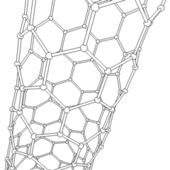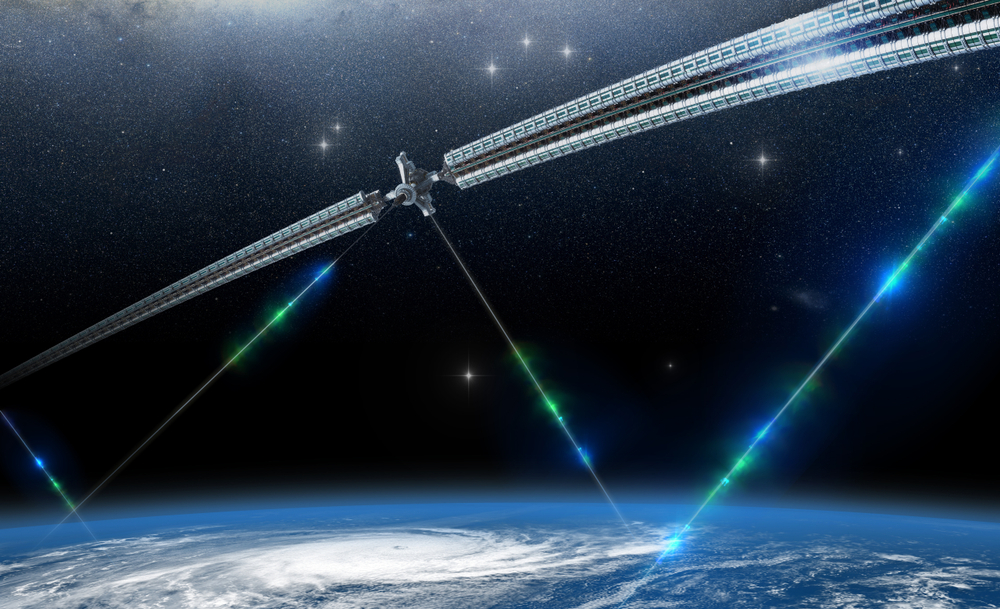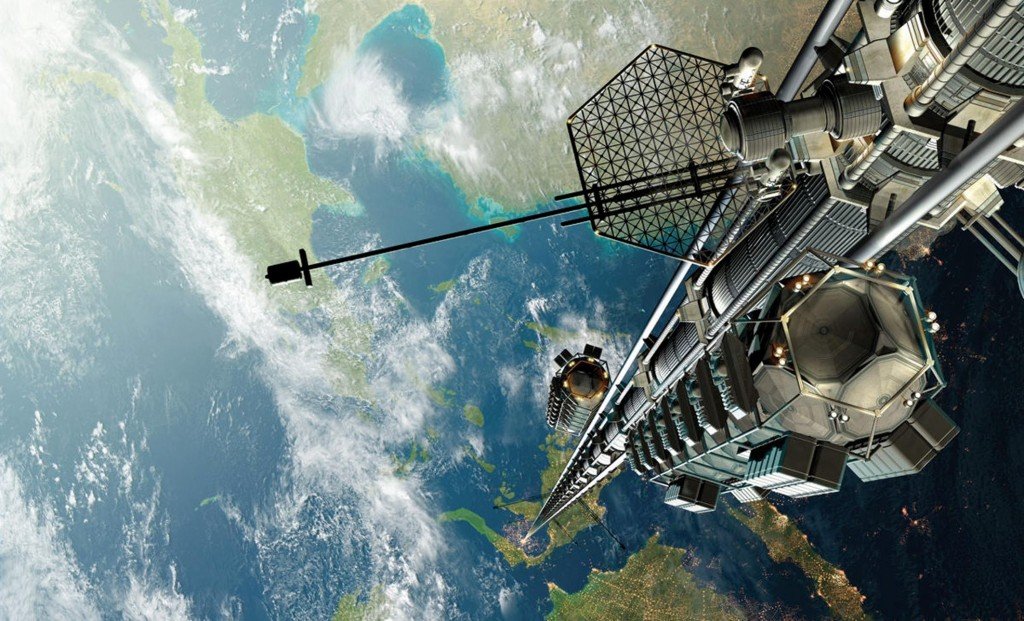Space Elevator | A Science Fiction or A Future of Mankind
Introduction
Space Elevator is one of the interesting topics right… You have heard this topic if you are a fan of watching sci-fi movies. I am just curious to write a post on this topic.
let’s know about it!
A space elevator is a proposed sort of planet-to-space transportation system. The fundamental segment would be a link (additionally called a tie) secured to the surface and stretching out into space. The structure would allow vehicles to go along the link from a planetary surface, for example, the Earth’s, straightforwardly into space or circle, without the utilization of huge rockets.
The contending powers of gravity, which is more grounded at the lower end, and the outward/upward radial power, which is more grounded at the upper end, would bring about the link being held up, under pressure, and fixed over a solitary situation on Earth. With the tie conveyed, climbers could over and again climb the tie to space by mechanical methods, discharging their payload to circle. Climbers could likewise plunge the tie to return the payload to the surface from the circle.
How do they work?
Konstantin Tsiolkovsky first depicted a space lift in 1895. Tsiolkovksy proposed fabricating a pinnacle from the surface up to the geostationary circle, basically making a fantastically tall structure. The issue with his thought was that the structure would be squashed by all the weight above it. Modern concepts of space elevators are based on a different principle — tension. The elevator would be built using a cable attached at one end to the Earth’s surface and to a massive counterweight at the other end, above geostationary orbit (35,786 km). Gravity would pull down on the cable, while the centrifugal force from the orbiting counterweight would pull upward. The opposing forces would reduce the stress on the elevator, compared with building a tower to space.
While an ordinary lift utilizes moving links to pull a stage here and there, the space lift would depend on gadgets called crawlers, climbers, or lifters that movement along with a fixed link or lace. As it were, the lift would proceed onward the link. Numerous climbers would go in the two bearings to counterbalance vibrations from the Coriolis Force power following up on their movement.
How it is constructed?
There are two ways to deal with building a space lift. Either the link is made in space or it is propelled into space and step by step strengthened by extra links, moved by climbers into space. Assembling the link in space should be possible on a fundamental level by utilizing a space rock or Near-Earth object.
One early arrangement included lifting the whole mass of the lift into the geostationary circle and bringing down one link downwards towards the Earth’s surface while at the same time another link is sent upwards legitimately away from the Earth’s surface.
Coriolis Force(gravity and radiating power) would normally pull the links legitimately towards and straightforwardly away from the Earth and keep the lift adjusted around the geostationary circle. As the link is sent, Coriolis powers would pull the upper part of the link fairly toward the West and the lower bit of the link to some degree toward the East; this impact can be constrained by fluctuating the arrangement speed.
The researcher’s main result is to show that today’s strongest materials—carbon polymers like Zylon—could comfortably support a cable stretching from the moon to geosynchronous orbit. They proceed to propose that a proof-of-rule gadget produced using a link about the thickness of a pencil lead could be dangled from the moon at a cost estimated in billions of dollars.
Be that as it may, this methodology requires lifting hundreds or even a large number of tons on ordinary rockets, a costly recommendation.
Is it possible?
Instead of building a space elevator up from Earth, construct a ‘spaceline’ down from the Moon, say astrophysicists Zephyr Penoyre from the University of Cambridge in the UK, and Emily Sandford from Columbia University in New York.
In light of their figurings, the analysts state such a development is actually and financially attainable with the apparatuses and materials we have today – something that can’t be said for the space elevator idea.
But why?
It thinks about why we need a space elevator, what missions it would empower, and how far it would diminish costs. There is no uncertainty that some significant missions would be upgraded or essentially empowered by a space lift framework.
Global communications, energy, monitoring of the Earth, global/national security, planetary defense, and exploration beyond low-Earth orbit are a few examples. In the end, if we are serious about extending space development and avoiding limitations on the human spirit, the reason we should build a space elevator is that we must!
Would orbital debris be an issue?
Indeed, it would. At the point when the International Space Station is in danger from being hit by a satellite in a circle, it can fire its engines to move. A space elevator, regardless of whether it’s secured to Earth or the moon, is static and steadfast. It’s at the complete mercy of any object headed its way. Maybe that object is a satellite that can be moved. But maybe it’s broken or defunct. Or maybe it’s a piece of junk that we aren’t even tracking. Yes, it’s a problem. Researchers want to figure it out.
Interesting right!!! Well, let’s wait and see…




